Splinterlands is Different in Web3 Gaming, here is why!
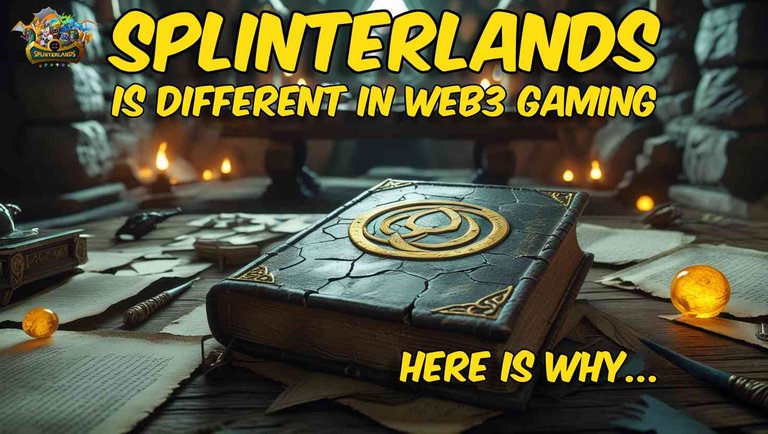
Hey everyone, with more news about games stopping their services, I think it's time for a post like this where I explain why Splinterlands really IS different in so many ways.
I started playing the game with many others during the 2021 boom and would have never thought I would be where I am now, consistently building my accounts for 3.5 years already.
In fact, when I started I was convinced I would never have to level up any card but just play at the lowest level because I had fun there already, little did I know three years later I would be playing in the Diamond league, earning more per the two-week season than what the spellbook once costed me.
While I was still discovering the web3 space, playing multiple games, I have been warned by others not to put all my eggs in to one basket, but my gutt feeling told me I was doing the right thing, so not to ignore the well meant advice, I tried spreading at least some of my funds, still having over 80% in Splinterlands, to later find out the rest of the money had vanished in to nothing because apparently, web3 projects just can simply stop their services...
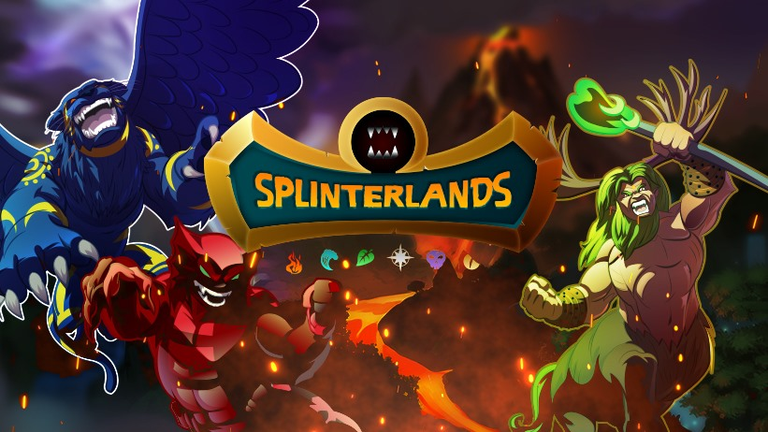
Why Splinterlands Stands the Test of Time in Web3 Gaming
In the fast-moving world of play-to-earn and Web3 games, countless projects have come and gone, many disappearing overnight, taking millions of dollars in player investments with them. One of the most recent examples is Ember Sword, a once-hyped title that ultimately shut down, leaving its community with little more than broken hopes and empty wallets and a lot of frustration, we have all been there so we know how it is when a game announces it will stop its services, leaving the assets worthless, creating distrust in the entire web3 world for new projects, at least that's how I feel like.
I can't say I know Ember Sword more than by name, and I don't know what went wrong but with so many games that started in the 2021 bull market, meaning to launch a game to play and earn dying, it's safe to assume most projects out there couldn't find the balance between rewards and sustainability.
So, whether you are an Ember Sword player, or lost assets in another project, I feel for you and know what it's like, that game for me was Crypto Unicorns that simply announced they will stop their main game, it was the moment I realized this is not for me and I would stick to only one game and stop investing money, and more precious - time in to new projects.
So this blog isn't meant to be a 'oh my game is so cool' type of post, I mean it is and it's the reason why I'm still around after 3.5 years but I want to explain how it's different from most other projects out there.

The Play-to-Earn Cycle: Hype, Dump, Abandon
Since the boom of 2021, the Web3 gaming space has become flooded with projects chasing fast profits over long-term value. On the surface, these games promote ideals of ownership, freedom, and rewards but behind the scenes, many of them follow the same dangerous pattern:
A flashy launch, often backed by influencers, VC money, and high promises of “passive income.”
A token is introduced early, before any real game play exists, attracting speculators more than gamers.
Influencers and insiders promote the project, driving hype and inflating the token’s value.
Once prices surge, early participants and even team members cash out on the backs of latecomers.
The token crashes, the economy collapses, and players are left holding worthless assets.
The team either goes silent or pivots to the next “big thing,” leaving the game abandoned.
This "pump and dump" cycle has played out across dozens—if not hundreds—of so-called “play-to-earn” games. It’s not just financially harmful, it’s deeply damaging to player trust and to the credibility of Web3 gaming as a whole.
In many cases, these games were never intended to be sustainable. They were financial products with game like features added on top short term cash grabs that treated players like exit liquidity.
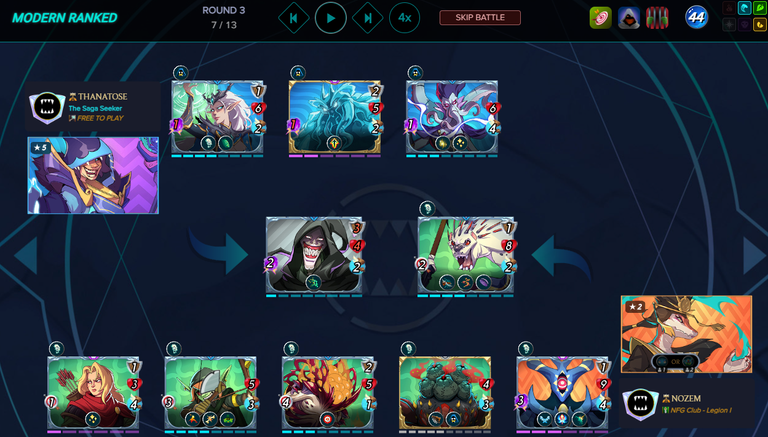
Web3 Can Be Better, Splinterlands Proves It
This is what makes Splinterlands such a refreshing outlier. It didn’t start with a token. It didn’t rely on influencer pumps or "get rich quick" schemes. It built a real game with real players first.
The economy wasn’t designed to reward whoever comes in earliest and leaves quickest,it was designed to reward participation, competition, and contribution over time. And when market conditions got tough, the team didn’t abandon ship. They kept building.
In an ecosystem where far too many projects are built to fail, Splinterlands was built to last.
Now seven years strong and having weathered two brutal bear markets, Splinterlands remains one of the very few blockchain games that hasn’t just survived but it’s grown. Its success isn’t due to flashy marketing or temporary token pumps. It’s rooted in something much deeper: a long term vision, an active and passionate community, and a rock-solid foundation that was built well before the term "Web3 gaming" even went mainstream.
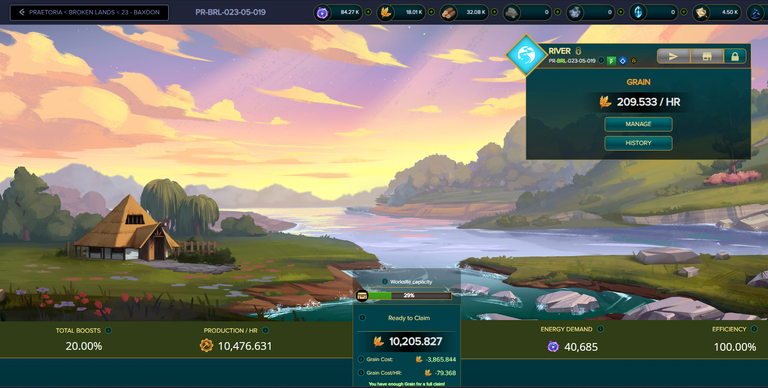
Most team members were players first, passionate and committed to the success of the game.
Another big difference I really like is how all team members are also players, with a deeply routed love for the game and not treating their job as a job only, where once things get tough they leave to go to that other project.
The two latest additions to the team, Blaze and Dave are also players first and Dave was even here from the beginning, when you listen to these guys in podcasts, it's hard to not get excited with the way they talk about the game and their future plans and vision.
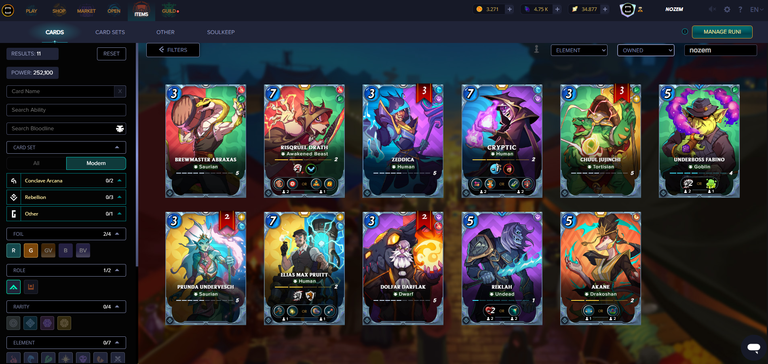
A Community That Builds, Not Just Buys
One of the biggest differences between Splinterlands and other play-to-earn games is its community first approach. This isn’t just a game people play, it’s a game people help shape.
From casual players to tournament grinders, content creators, and guild leaders, the community isn’t treated as a disposable user base. It’s treated as stakeholders. Through consistent AMAs (called Town Halls), transparent development updates, and direct channels of communication with the team, players have always had a voice in how the game evolves.
True Decentralization: The Power of the DAO
While many Web3 games throw around the word "decentralized," Splinterlands actually follows through. Its SPS governance system empowers token holders to vote on major decisions that affect the game’s future, from reward allocations to new feature proposals and ecosystem funding.
The Splinterlands DAO is not a gimmick, it’s a living part of the game. It controls massive assets, including card packs and tokens worth millions, And now, with community-driven initiatives like validator nodes and proposals for strategic spending, players aren’t just playing the game, they're co governing it.
This level of player ownership and influence is nearly unheard of in Web3, especially in a game that's been running for this long.
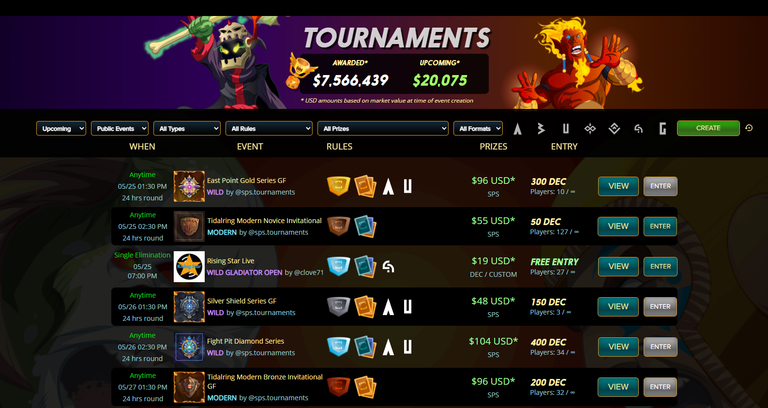
A game for everyone
Whether you're someone who don't want to spend a cent of the game, to someone like me who has a 'fun money monthly budget' or when you're a big spender, it's a game for everyone with the addition of free to play to let new players first see if they like they game, and even IF they like it they can just play with the free set and have fun, playing the web 2 version.
Many different aspects
Another thing I like is the different ways my daily life has intertwined with Splinterlands, on my days off I start playing my games, managing my lands and having talks with my guild members and when I'm done with that I can make blog posts like these on the Hive Blockchain, not even just Splinterlands related because Hive is much bigger, a world I still need to discover more after all this time.
On work days, while driving I listen to Splinterlands related content such as video's from the YouTubers like Aftersound, Bulldog1205, Gathering the Magic and Dwayne Cunningham or listen to the great podcasts from The Peoples Guild, available on multiple platforms like YouTube but also on Spotify
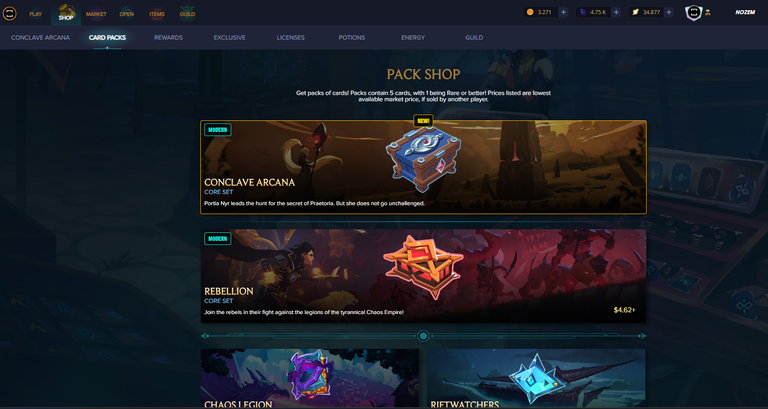
Human-Made Art and Lore: Quality Over Shortcuts
While other projects rush to fill their worlds with AI-generated assets to cut costs, Splinterlands has remained committed to handcrafted art and deep world building. Every card, every character, and every piece of lore is created by real artists and writers, giving the game a distinct, cohesive identity that stands out in a sea of generic AI outputs.
This decision to keep the creative process human centered shows a long-term commitment to quality. The result? A game that feels alive, with factions, characters, and stories that players actually care about.
A Game First, A Token Second
Where many projects launch with a token and figure out the gameplay later, Splinterlands did the opposite. It focused on building a strategic, competitive card game that rewards skill, creativity, and consistency. The economy was built around the game,not the other way around.
This “game-first” mentality is why Splinterlands has one of the most sustainable reward systems in the Web3 space. Players earn value not just by logging in or clicking a button, but by making smart decisions, building strong teams, and participating in a vibrant tournament scene.
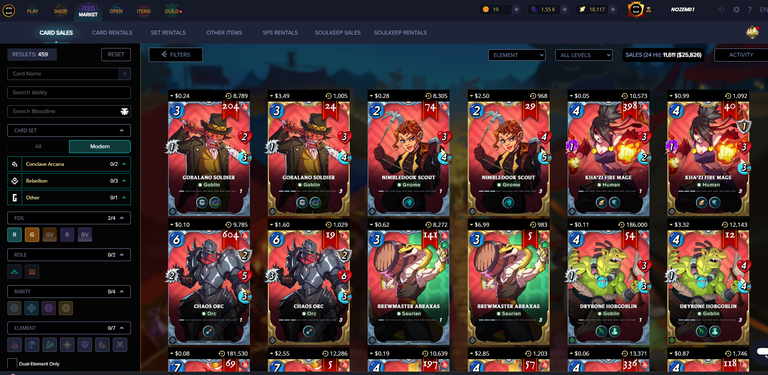
Conclusion: Built to Last
Splinterlands has never been about chasing hype. It’s about creating something that lasts—and seven years in, that commitment shows. While other play to earn games fall apart under the pressure of market cycles or unsustainable promises, Splinterlands continues to evolve, guided by its community, fueled by creativity, and grounded in real ownership.
In the world of Web3 games, longevity is the ultimate flex and Splinterlands has earned it.

Thank you for reading!!!
If you haven't made an account already, please consider using my referral link to sign up, I'll happily send the amount I get for your signup back to you in DEC or SPS to help you start.
Also, when you require any help to get you started,let me know, I'm here to advice and guide new players and maybe I can help you with card delegations too!
Have a great day!


https://www.reddit.com/r/CryptoGamersCommunity/comments/1kuwi1w/splinterlands_is_different_in_web3_gaming_here_is/
This post has been shared on Reddit by @nozem01 through the HivePosh initiative.
What I learnt from playing Splinterlands is that it always gave small rewards and players stayed as they liked the game.
The pump and dump games in majority cases offer crazy unsustainable rewards in the beginning to get user attention and once that starts to fall everything goes downhill.
Yes exactly
This post has been manually curated by @bhattg from Indiaunited community. Join us on our Discord Server.
Do you know that you can earn a passive income by delegating to @indiaunited. We share more than 100 % of the curation rewards with the delegators in the form of IUC tokens. HP delegators and IUC token holders also get upto 20% additional vote weight.
Here are some handy links for delegations: 100HP, 250HP, 500HP, 1000HP.
100% of the rewards from this comment goes to the curator for their manual curation efforts. Please encourage the curator @bhattg by upvoting this comment and support the community by voting the posts made by @indiaunited.